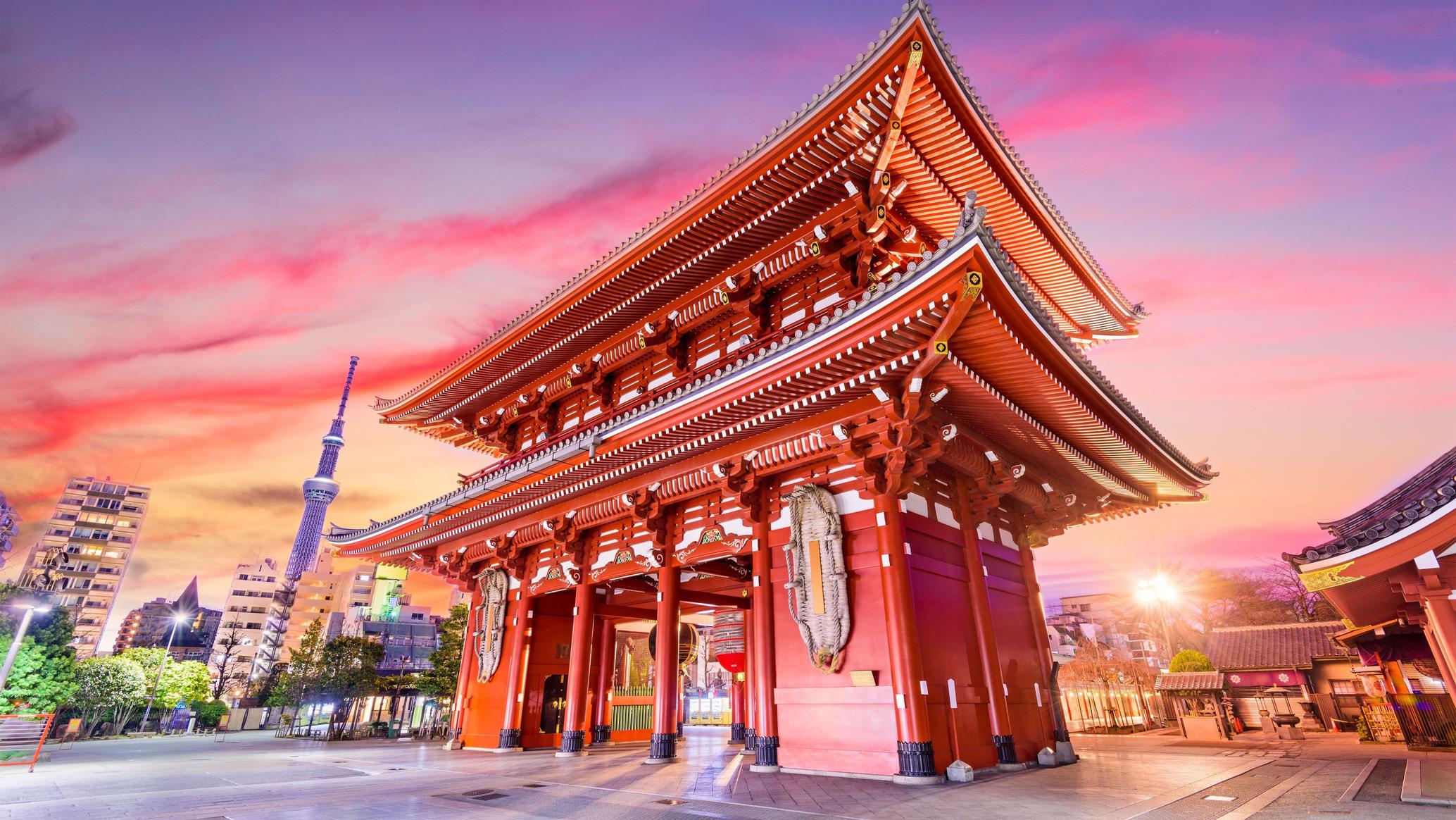
New Insights from Ernst & Young Japan on High-Value Tourism
A recent report by Ernst & Young Japan sheds light on the potential of high-value tourism and its economic impact in Japan.
Insights from Ernst & Young Japan
Ernst & Young Japan’s Strategy and Consulting group has unveiled a report titled What Does High Value-added Tourism Generate?. This report analyzes trends in high-value travelers and their economic impact on local and national economies. It aims to identify opportunities for developing new markets and sectors as communities engage with high-value tourism.
Tomotaka Hirabayashi, a partner at EY Japan, addressed the significance of high-value tourism, especially its role in addressing the overtourism challenges in several regions. He commented:
“The quality of tourism must be maintained, and the government has a policy to make tourism higher value. We seek to review our findings again on what is high value-added tourism and ask what is the essence of that.”
(Translation: Maintaining the quality in tourism is vital as we promote higher value experiences.)
Definition of High-Value Travelers
According to the Japan National Tourism Organization (JNTO), high-value travelers are defined as those who spend a minimum of one million yen per visit to the country. Pre-pandemic data from 2019 indicated that approximately 120,000 high-value travelers visited Japan each year, spending an average of 60,000 yen, with some spending up to three million yen.
Hirabayashi emphasized the importance of guiding international visitors to invest in local experiences, explaining that high-value travelers are often willing to pay premium prices for authentic local products and services. He noted two key trends among these travelers:
“We also noted two major trends among high-value travellers, namely a greater focus on personal wellness and a deeper interest in traditional crafts, history, and culture. Both of these are strengths in many Japanese regions.”
(Translation: High-value travelers are interested in personal wellness and cultural experiences.)
The report highlights the potential economic impact high-value travelers can bring to local economies, urging communities to understand the motivations behind their visits and leverage them to create unforgettable experiences.
